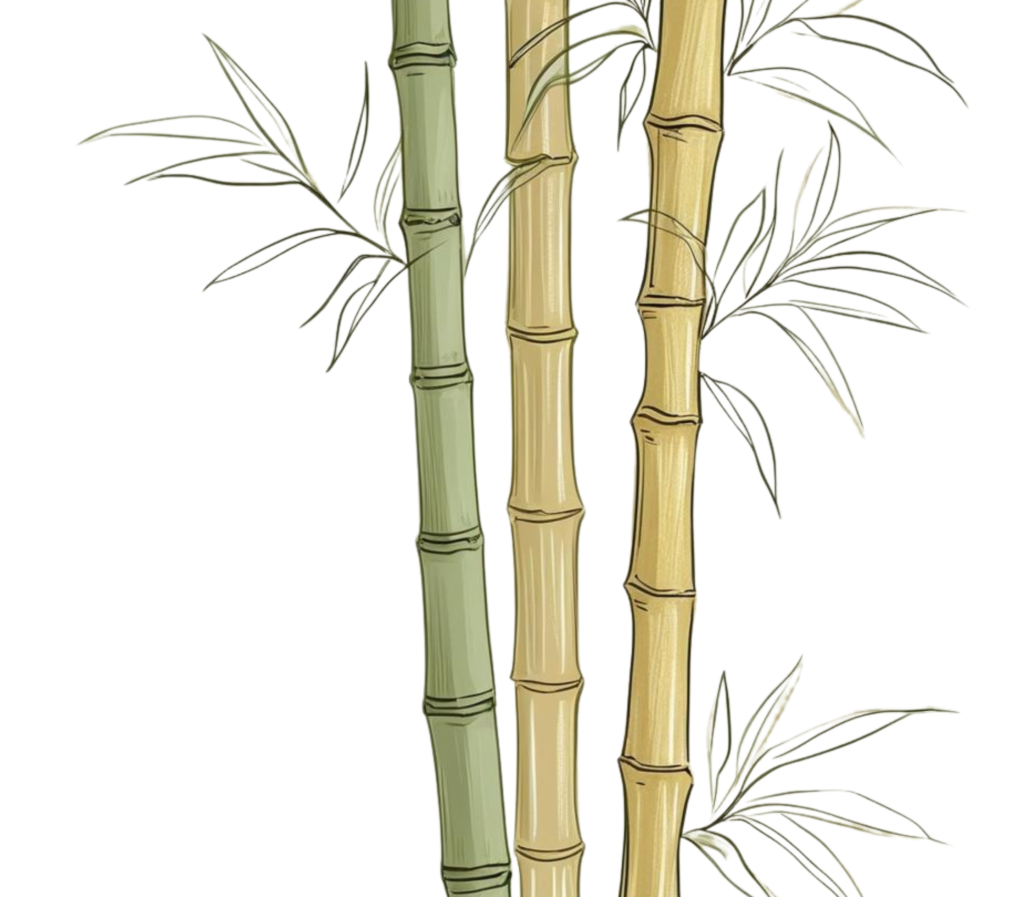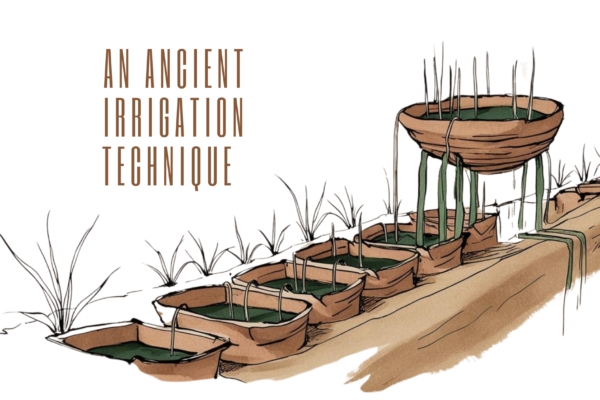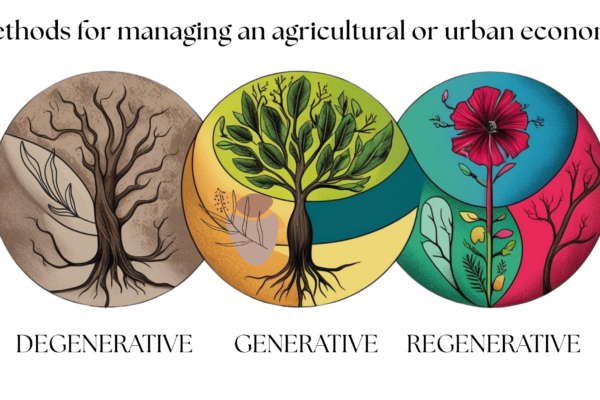A bamboo garden is a valuable resource with significant potential to address poverty and environmental issues. Thriving in various climates, bamboo offers numerous sustainable products, creates livelihoods, and provides ecosystem benefits. Australian permaculture expert Jeff Lawton humorously observes that it’s easier to list what bamboo cannot be used for than what it can, with over 1,500 documented applications. Bamboo serves as a natural water purifier, renewable timber and building material, paper source, food for humans and livestock, charcoal, and soil carbon regulator, among many other uses.
Bamboo thrives in various environmental and climatic conditions and is one of the fastest-growing herbaceous plants in the world. Its unique root and stem properties enable it to efficiently convert nutrients into rapid growth, with some subspecies capable of growing up to 75 cm in just 24 hours. Although these fast-growing varieties are rarely utilized in permaculture, many other species offer diverse applications. Bamboo reproduces through rhizomes, eliminating the need for replanting, and pruning mature shoots encourages new growth. Its remarkable qualities include excellent resistance to wood, brick, or cement and a tensile strength comparable to steel.
A bamboo garden naturally attracts a variety of bird species, which brings several benefits, including natural insect control. But what makes bamboo so appealing to birds? Its leaves and shoots are excellent nesting material, while the dense brushwoods provide safe shelter from predators. An added bonus is the delightful symphony of birdsong that enhances the garden’s atmosphere.
Bamboo’s unique root system plays a crucial role in maintaining soil health. It accumulates and transforms nutrients, enriching the surrounding environment. The dense growth pattern allows the roots of individual plants to intertwine, creating a stable, moisture-retaining soil structure. This fine root network provides a habitat for numerous microorganisms, enhances soil aeration, and, most importantly, prevents soil erosion.
Because of these benefits, bamboo is often planted on slopes, where it helps anchor the soil, reduces erosion caused by wind and rain, and slows water runoff. This ensures that vital nutrients remain available for both the bamboo and neighbouring plants. Additionally, fallen bamboo leaves act as nutrient-rich mulch, further enhancing soil fertility.
Bamboo offers numerous benefits beyond its positive impact on the environment. Young bamboo shoots, known for their firm texture, are an excellent source of plant-based protein, magnesium, and calcium. They are a staple in many Asian cuisines and can be prepared by steaming, sautéing, or adding them to soups. Additionally, bamboo is appreciated for its aesthetic and sensory qualities. The gentle rustling of its leaves in the wind creates a calming and meditative atmosphere, transforming a bamboo garden into a true sanctuary for nature and people.
Essential Factors to Consider Before Planting Bamboo
⫸ Avoid Monoculture: Diversify your planting to maintain ecological balance.
⫸ Be Mindful of Invasiveness: Some bamboo species spread aggressively and may require containment strategies.
⫸ Choose the Right Variety: Numerous bamboo species are available. Select one that suits your specific needs and environment.
⫸ Optimal Growing Conditions: Most bamboo species thrive in full sun and prefer soil with a pH between 6 and 6.2.
⫸ Watering Requirements: Newly planted bamboo needs frequent watering until it becomes well-established. While consistent moisture is essential, avoid waterlogging, as standing water can hinder growth.
⫸ Evergreen Nature: Bamboo sheds old leaves as new ones emerge, a natural part of its growth cycle.
⫸ Fertilisation: A high-nitrogen fertiliser is necessary for supporting healthy growth.
⫸ Mulching Benefits: Applying mulch helps to retain soil moisture and improve soil quality.
⫸ Avoid Competition: Bamboo is a resource-intensive plant. Planting it too close to other crops can deprive them of essential nutrients.
⫸ Soil Stabilisation: Bamboo’s extensive root system helps prevent soil erosion and protects against extreme weather events such as hurricanes, tsunamis, and floods.

Examples of Bamboo Uses:
▰ Stilts
▰ Soccer goals
▰ Rafts
▰ Fishing rods
▰ Bridges
▰ Fish traps
▰ Scaffolding
▰ Children’s slides
▰ Bicycle frames
▰ Bows and arrows
▰ Furniture
▰ Beach bottle and cup holders
▰ Car roof racks
▰ Ladders
▰ Wheelchairs
▰ Canopies
▰ Beehives
▰ Toys
▰ Birdhouses
▰ Musical instruments
▰ Lighting fixtures
▰ Aquaponics systems
▰ Aquarium caves
▰ Gutters
▰ Beds
▰ Roof tiles
▰ Feeders
▰ Greenhouses
▰ Fences
▰ Swings
▰ Vases
▰ Curtains





No Comments